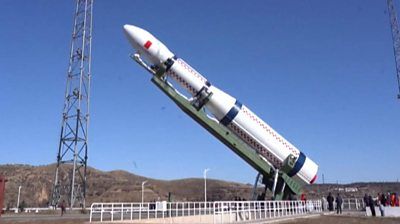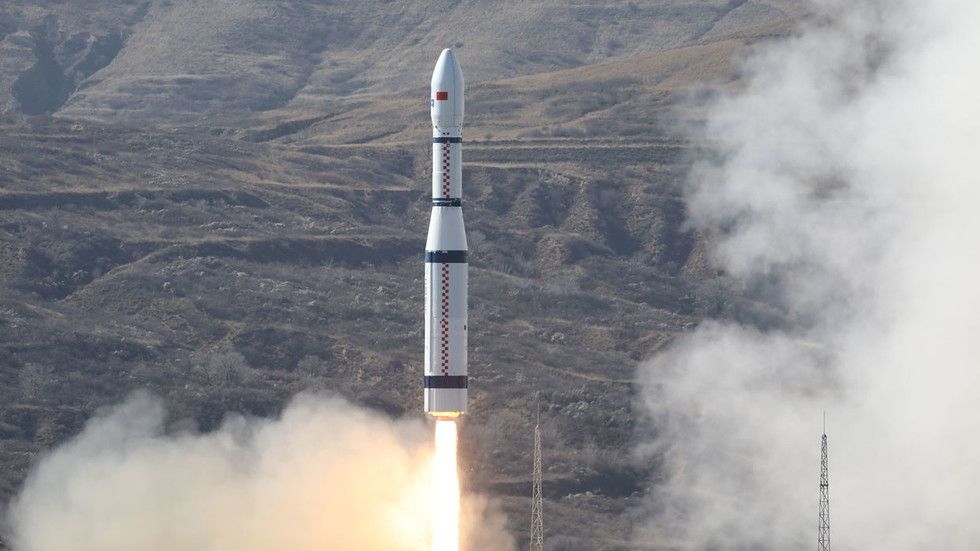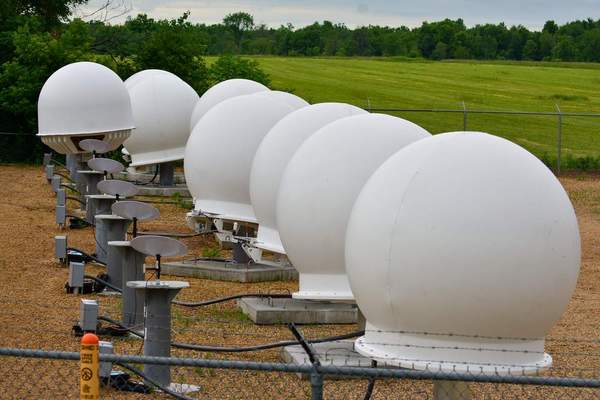Nov 9, 2020
SpaceX Starlink Satellite Internet Enters German Market This Year
Posted by Genevieve Klien in categories: internet, satellites
Starlink is a global satellite system being deployed by SpaceX to provide high-speed broadband Internet access to locations where it was unreliable, unreasonably expensive or completely inaccessible. All over the world, even in well-developed countries, there are many remote regions that are lagging far behind in the speed of digital development, and Germany is no exception. Nevertheless, good news awaits the residents of the country, because, according to a representative of Starlink, the company will enter the German market this year.
In Frankfurt am Main, the groundwork has been laid for the Starlink universal Internet offering. According to the relevant trade register entry, Starlink Germany GmbH must offer Internet connection services and the sale or rental of the necessary accessories.
“If everything goes according to plan, we will start this year in Germany,” said VP Build and Flight Reliability at SpaceX Hans Königsmann to Wirtschaftswoche. “Our mission is to provide fast Internet access to remote corners of the world.”

















